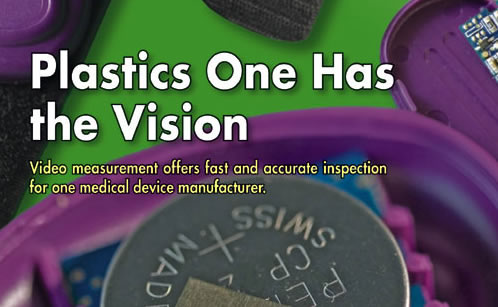
Visual Dimensional MetrologyEssential in quality control, vision-based multisensor metrology allows supplied components and materials to be quality-checked before, during, and after incorporation into a final product. It can also provide an audit trail enabling a point of failure to be accurately pinpointed in time as well as providing a means of early detection and diagnosis of the problem. Early correction can save time, reduce waste, save money, and most important, safeguard a company’s reputation for reliability and quality. The metrology system most appropriate to a company’s needs depends on factors such as the work piece size, materials, sampling rate and inspection speed, repeatability, level of accuracy required, and ease of documentation. In most cases, throughput is the critical factor in deciding between manual or automated systems. For small-volume work, manual visual metrology tools may be adequate, although rapid throughput of large numbers of samples generally requires the type of automation found in vision systems. An intermediate solution, such as a manual metrology microscope with semi-automated functions, may fit the bill for some companies. |
…
Comments
Add new comment